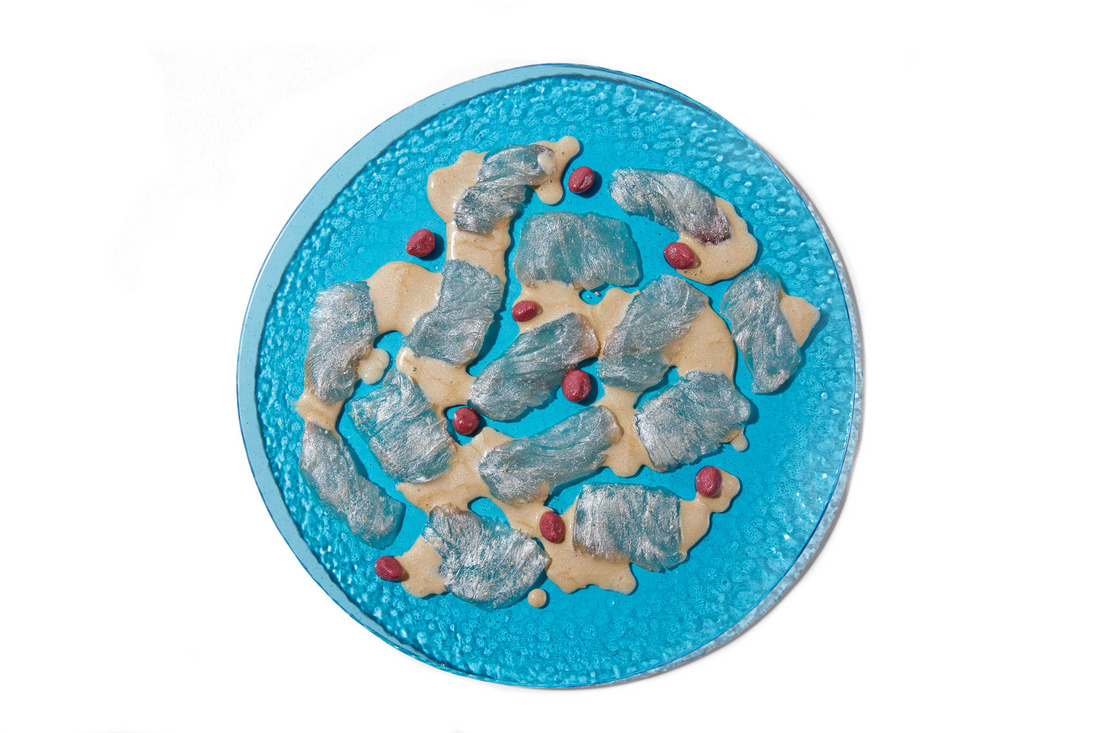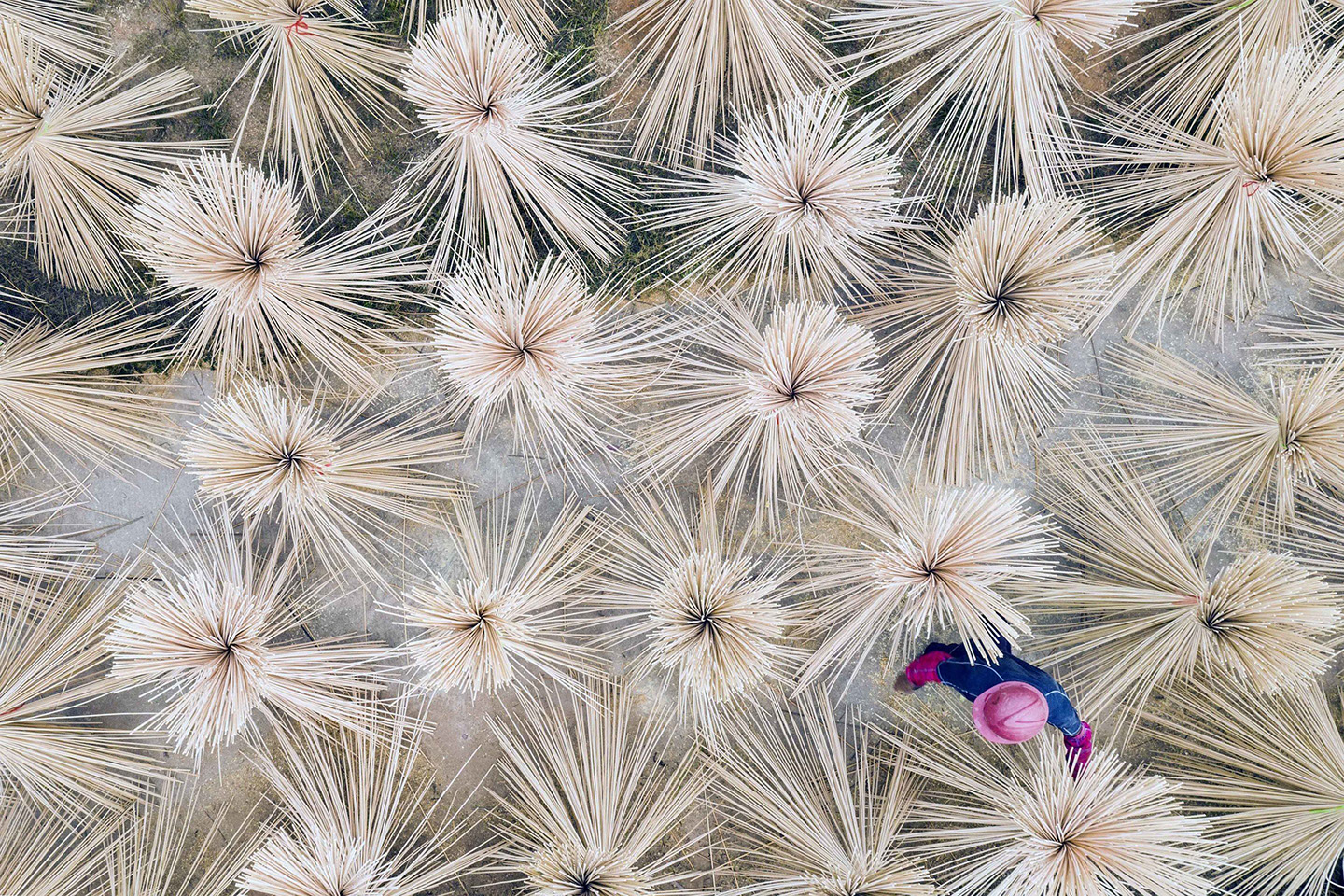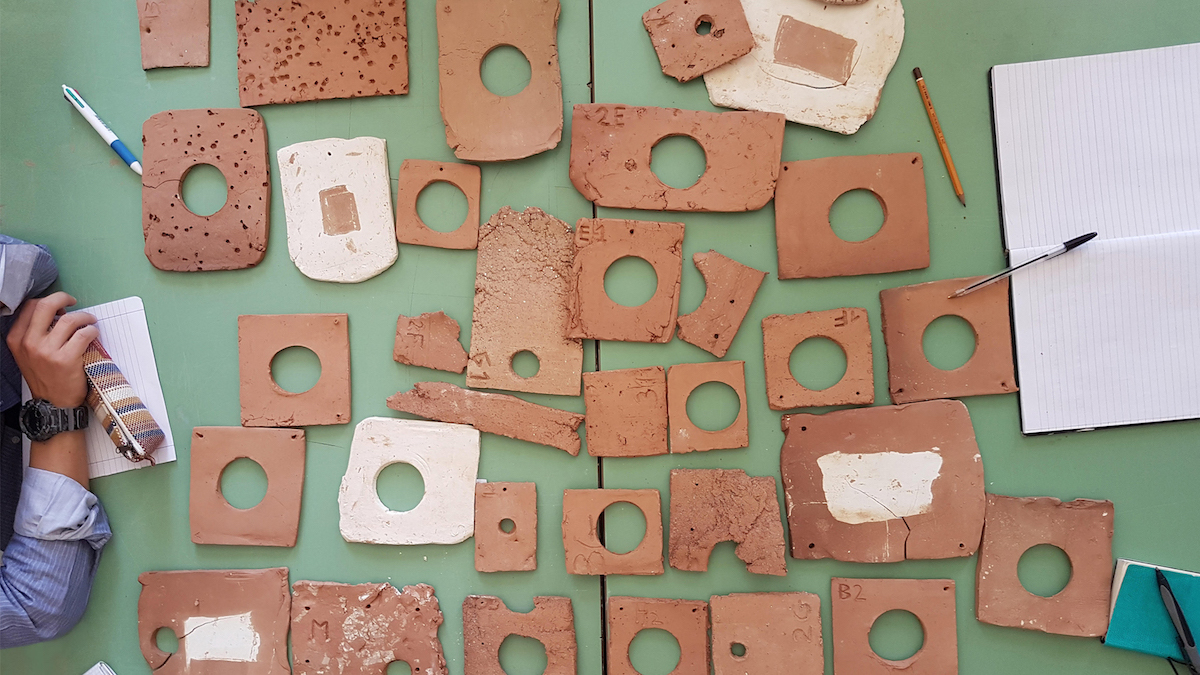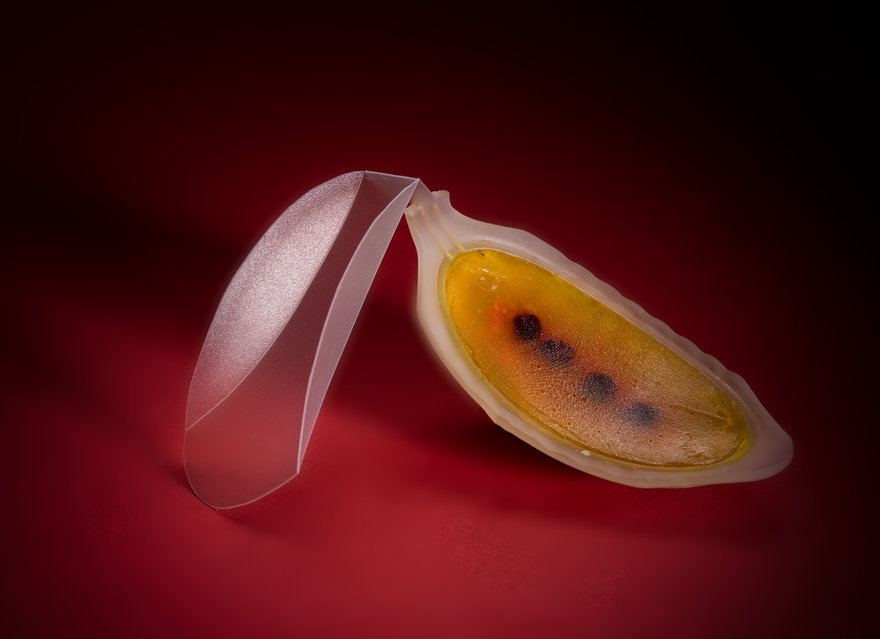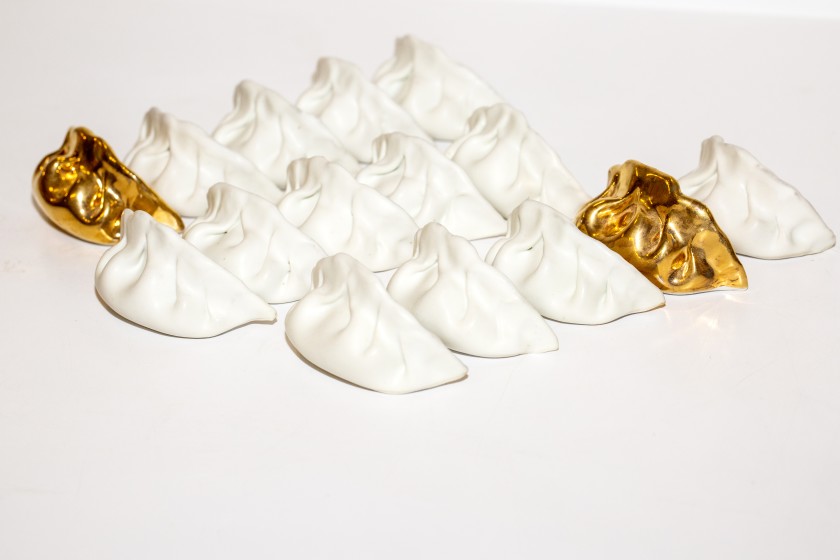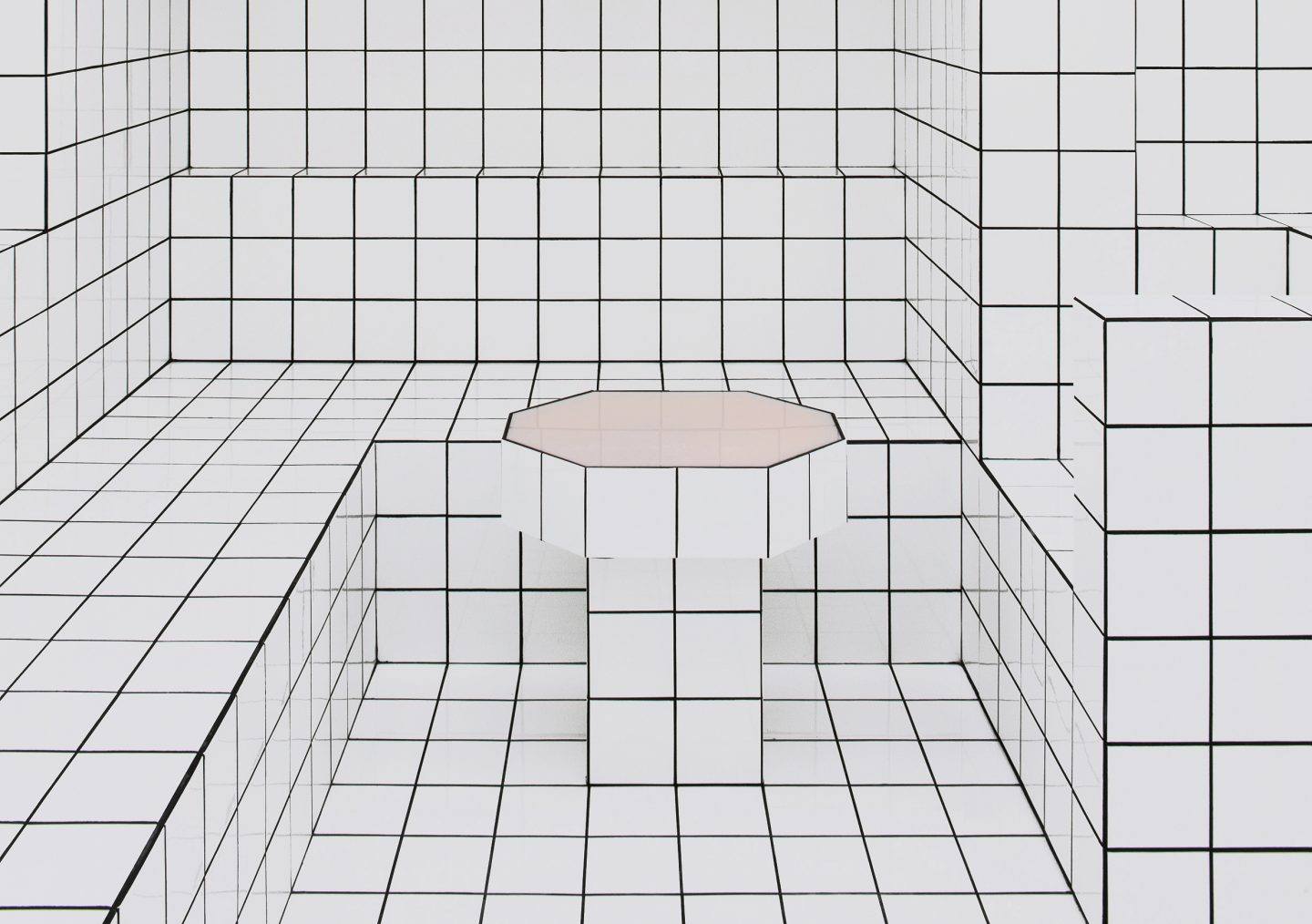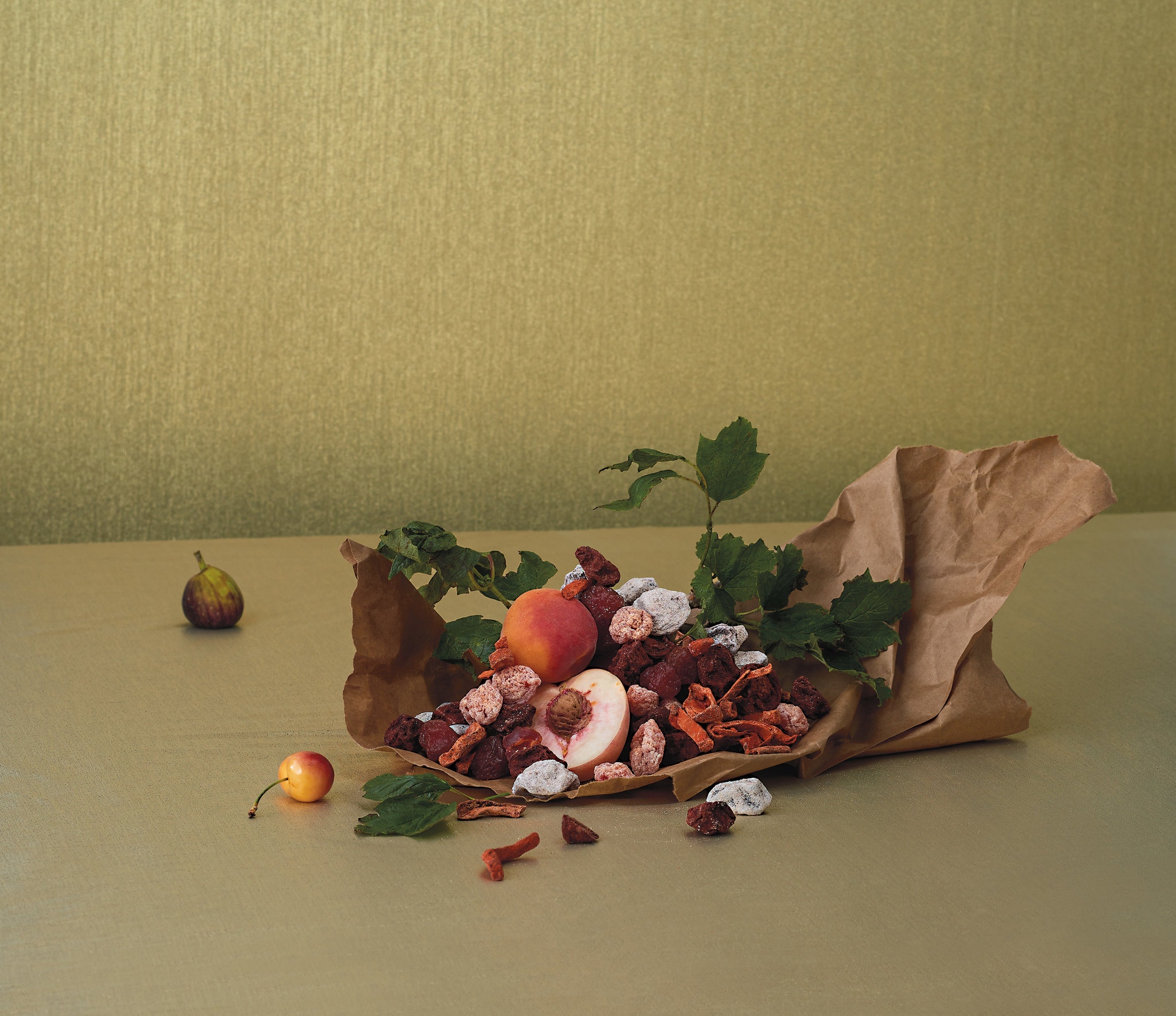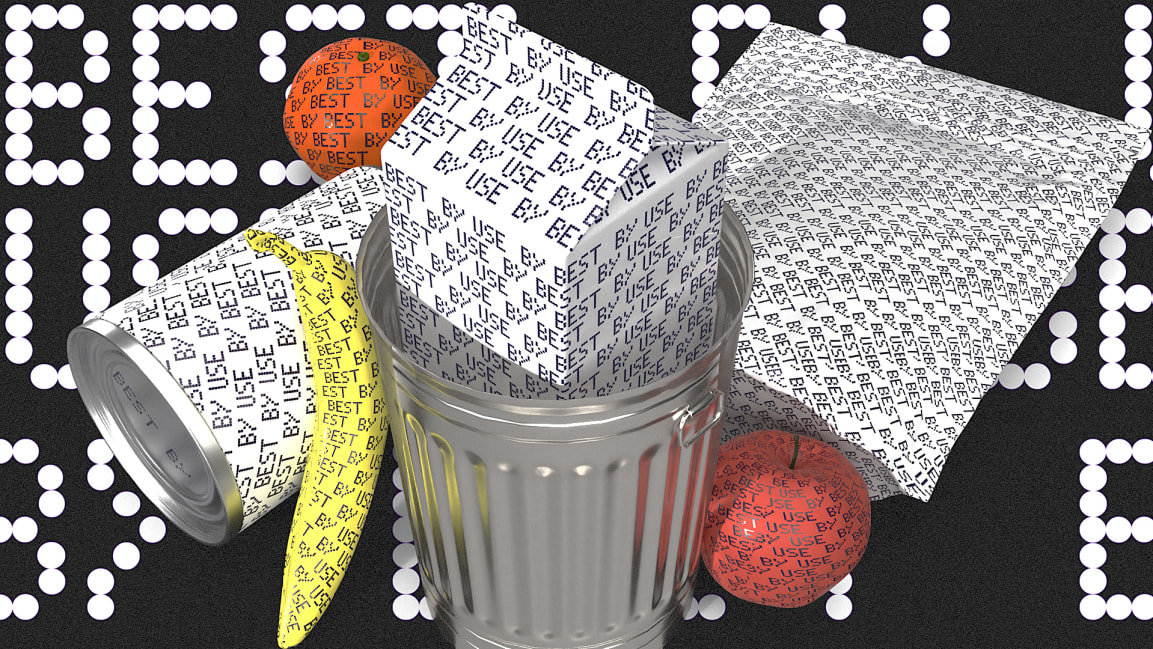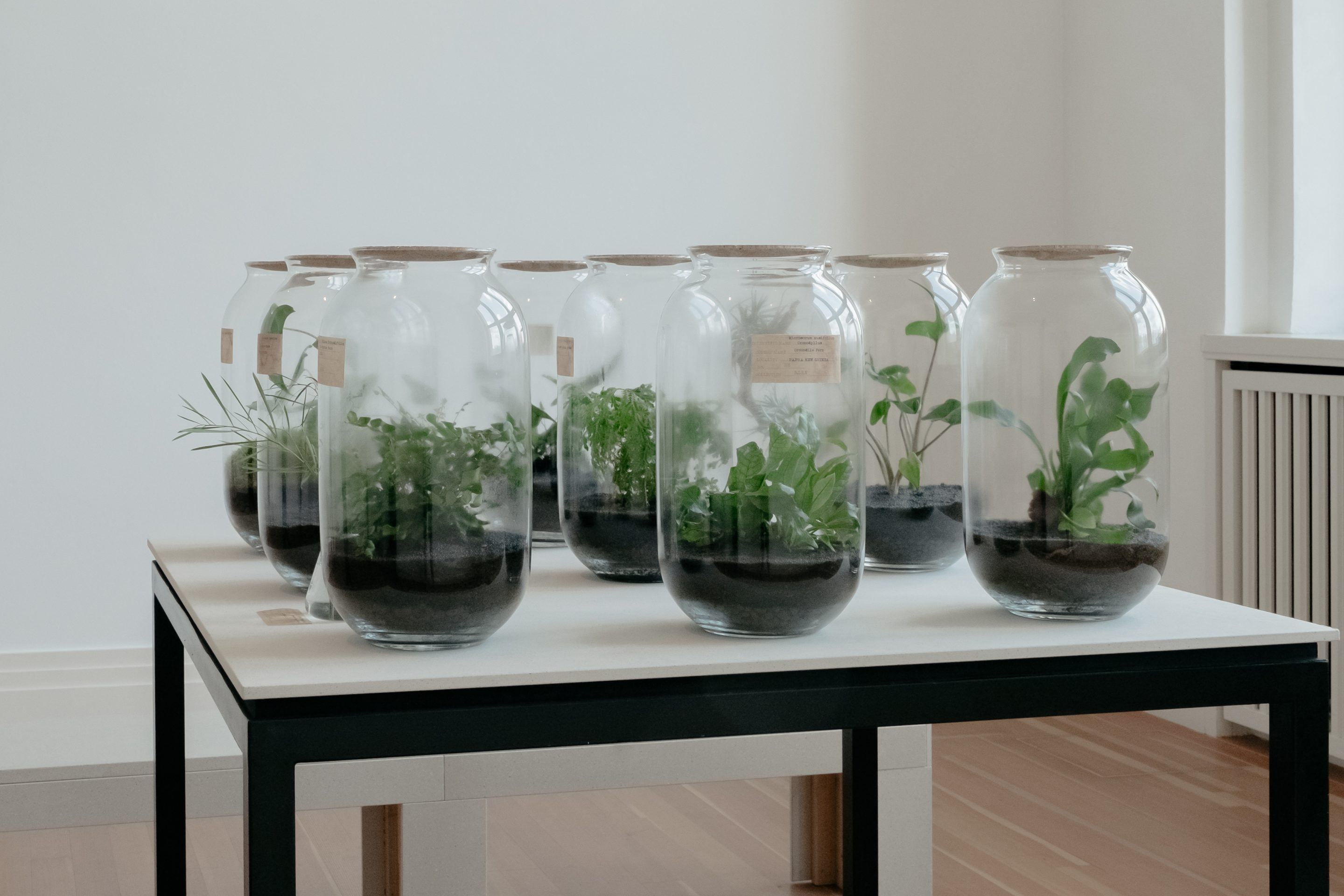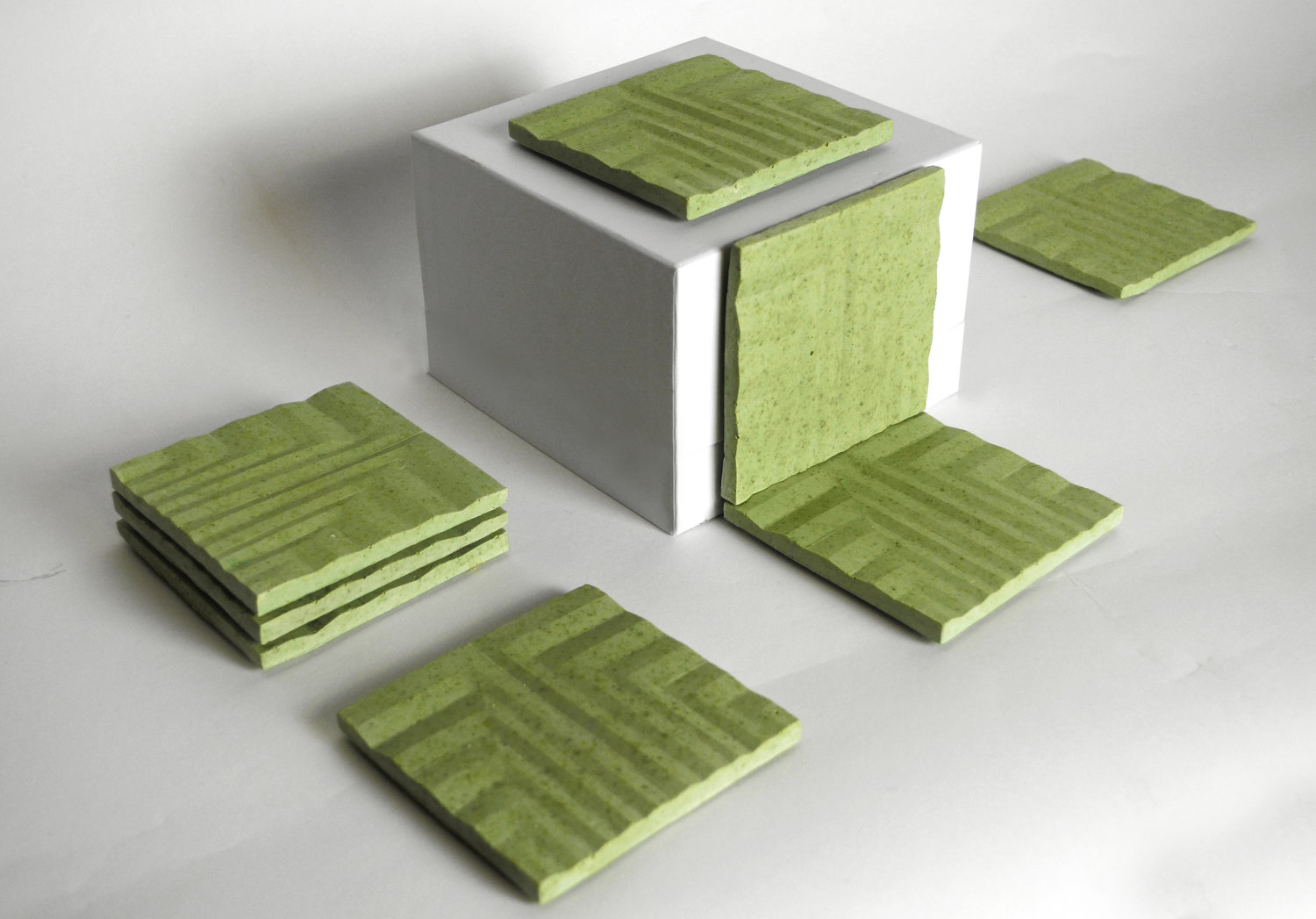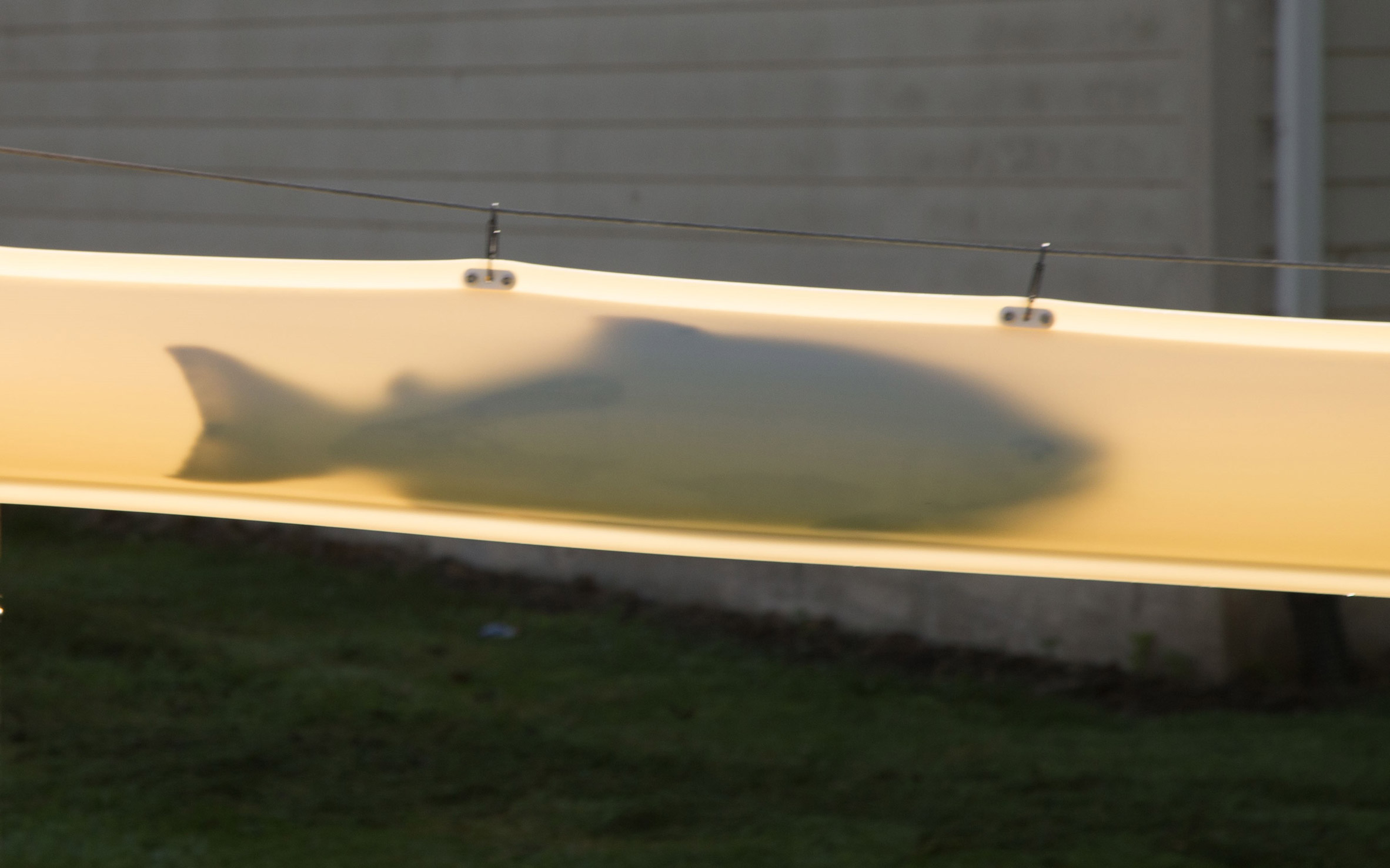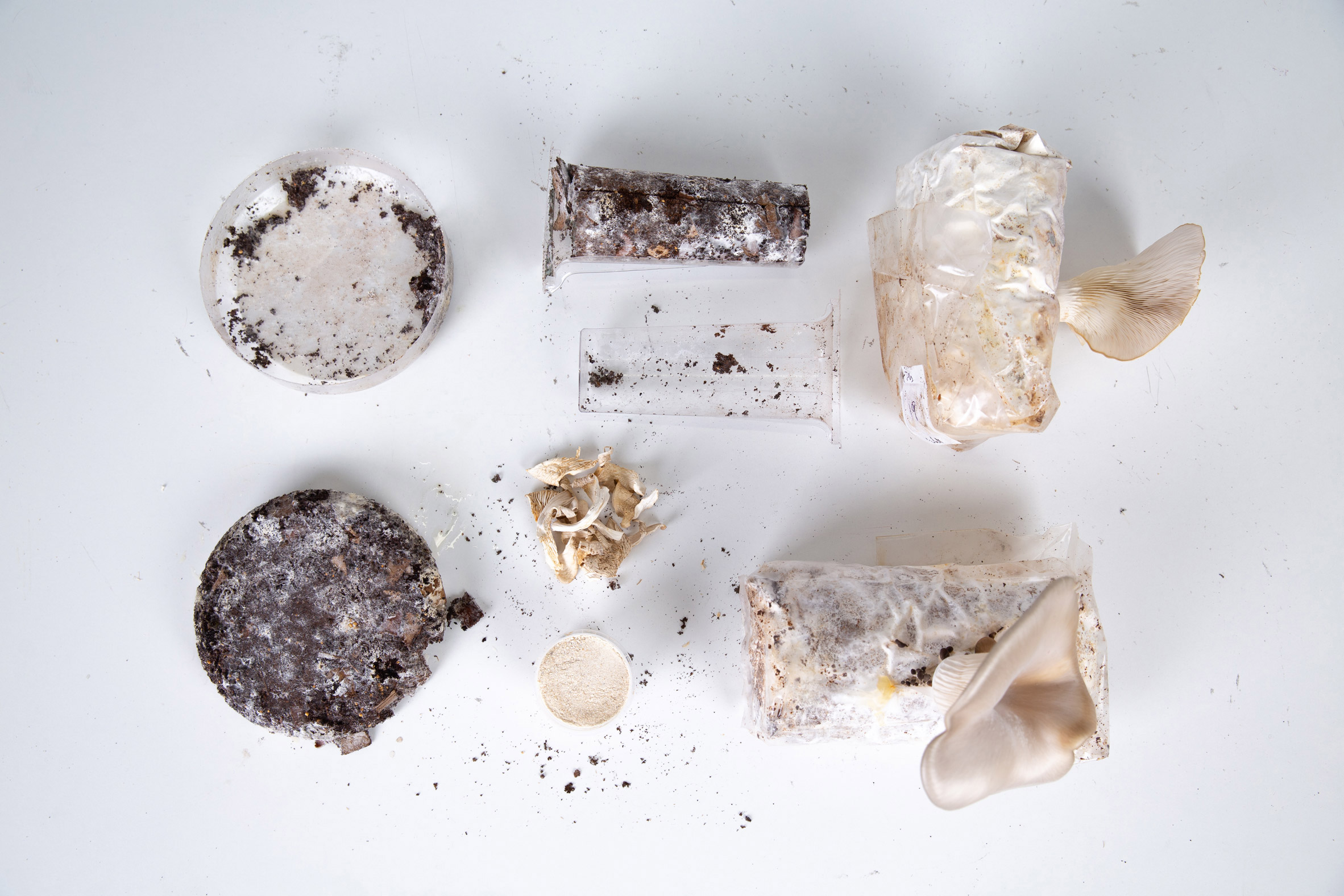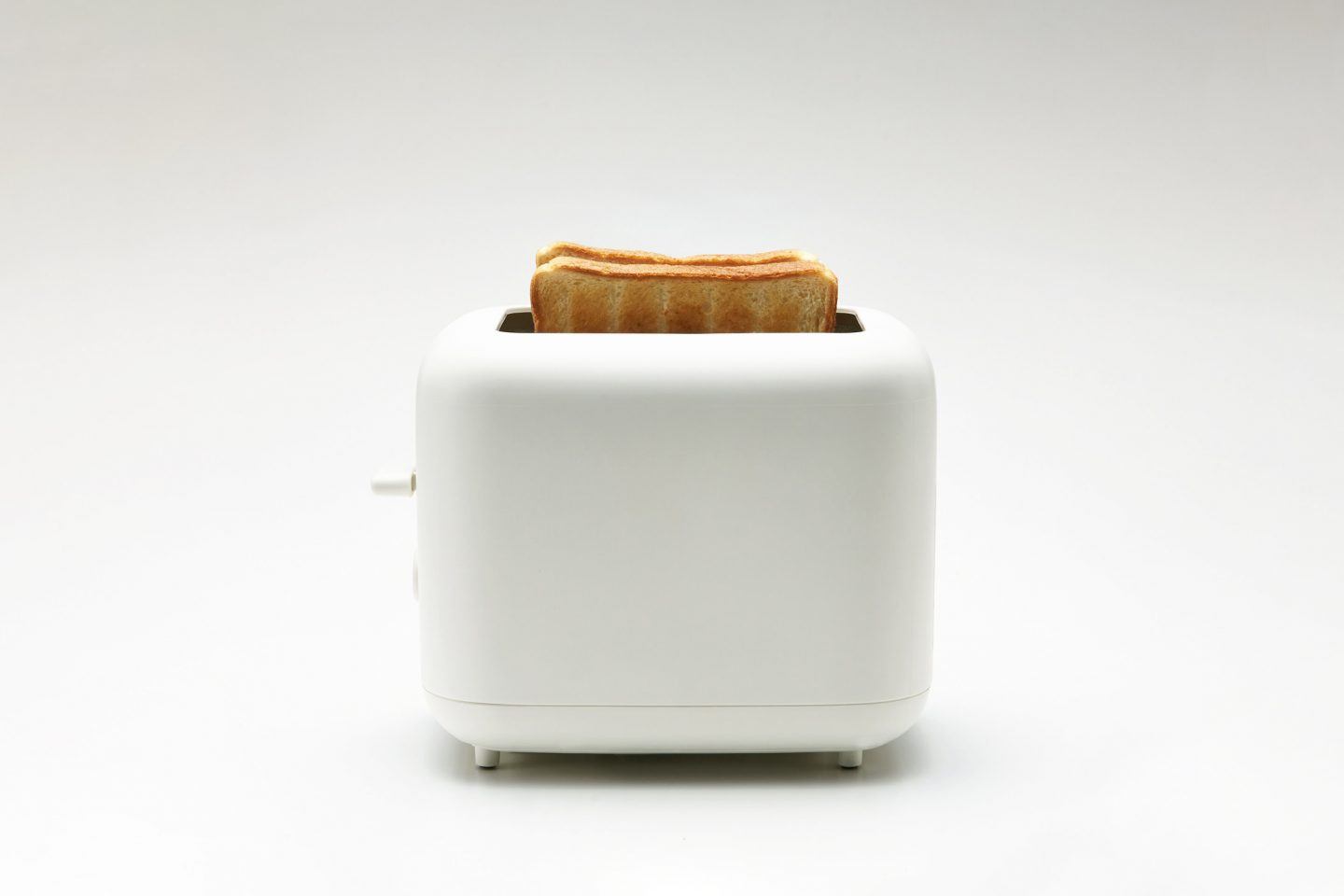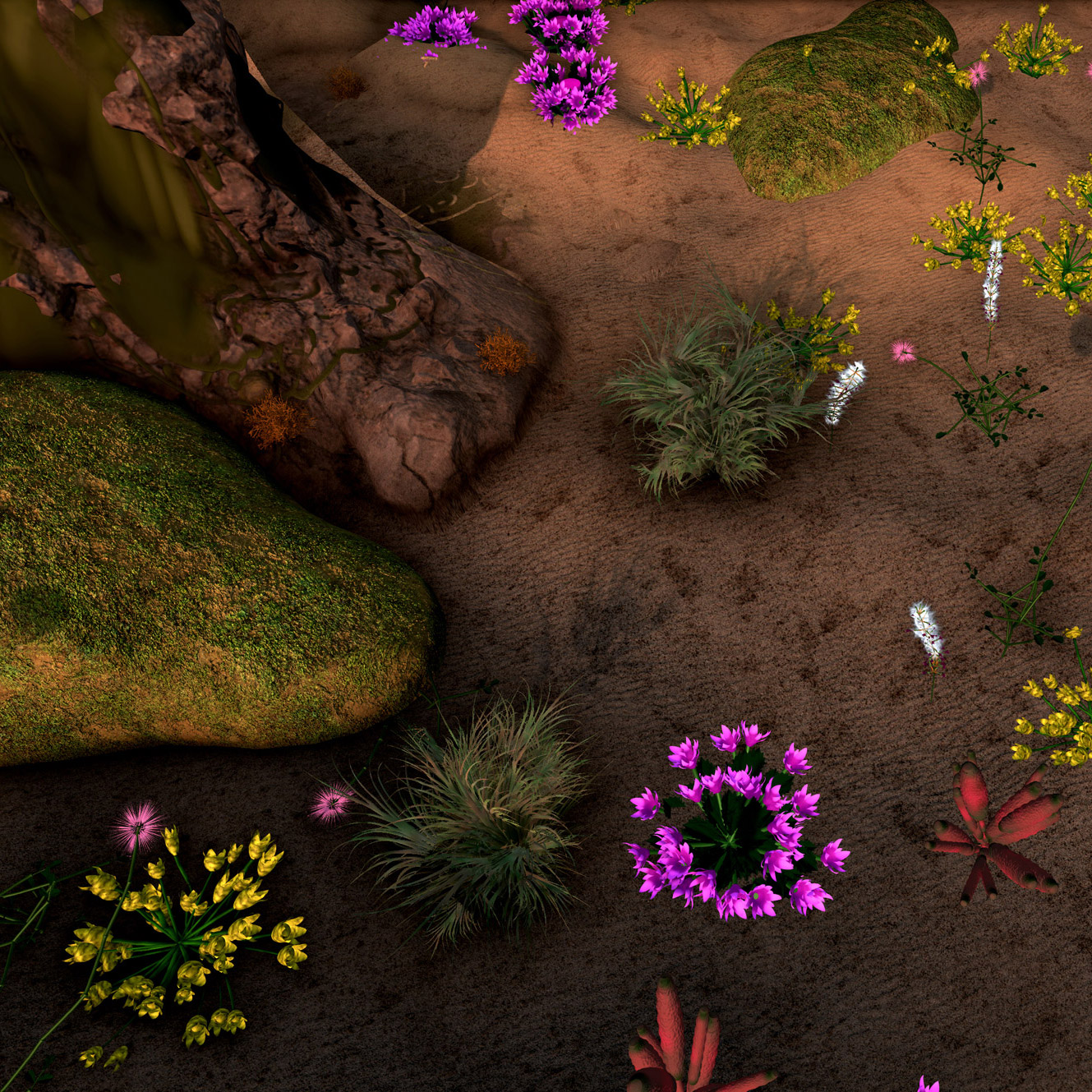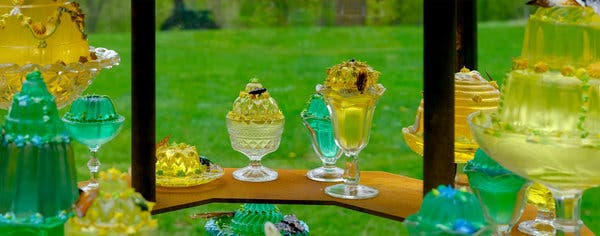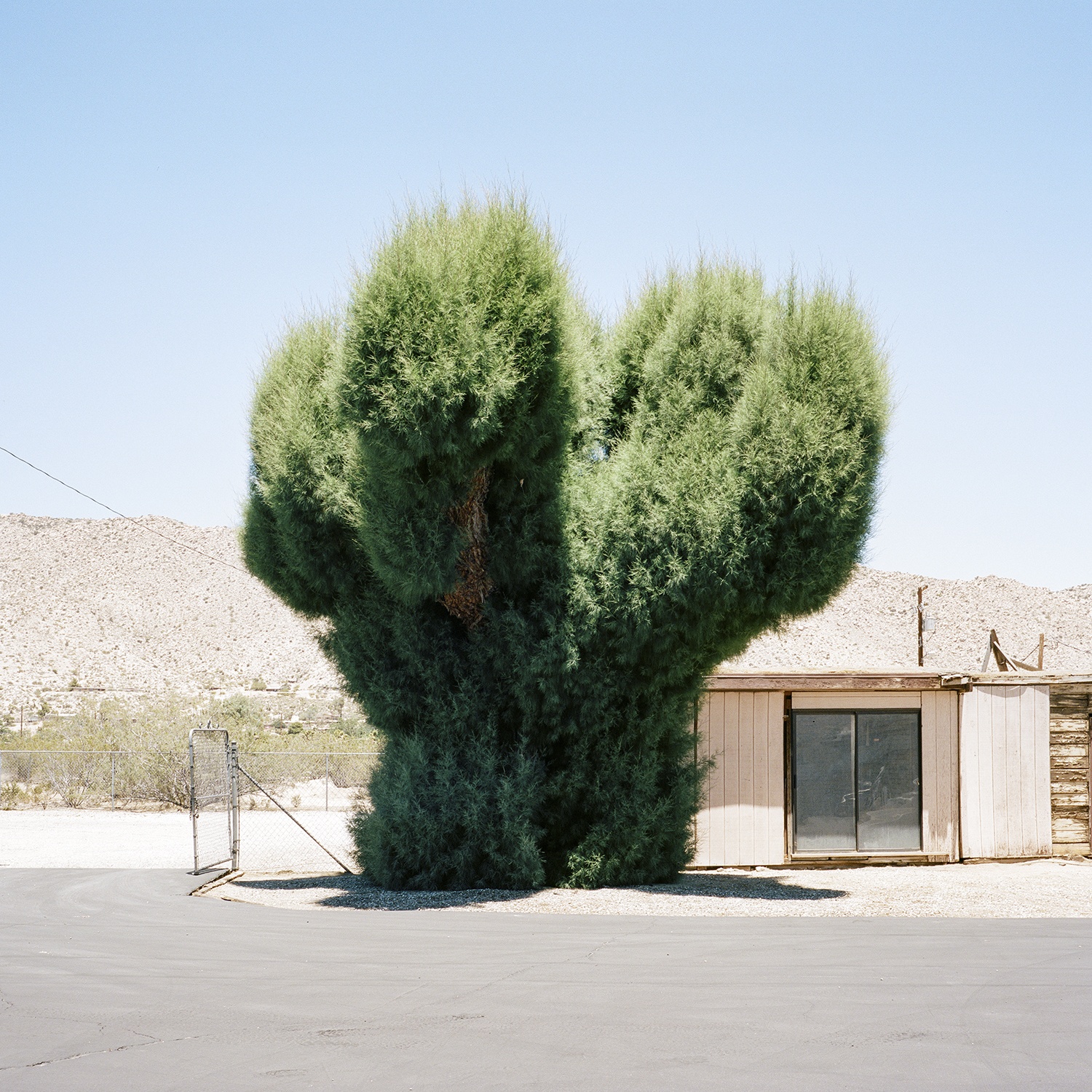Our weekly serving of off-the-menu items – a few popular favorites from the week, as well as a few morsels that may have slipped your notice.
Controlling the Taste of Cheese with Hip-Hop
Researchers in Switzerland exposed a selection of cheese wheels to music 24 hours a day for six months, hoping to see if the microorganisms that flavor cheese responded differently to varying frequencies. Music with different frequencies was directed into each wheel—including Mozart, jazz, and hip-hop—with one cheese being kept in silence as a control for the experiment. After tasting the results, cheese experts concluded that the hip-hop cheese had a distinctly “stronger, fruitier” taste and scent than the other samples.
When testing potential designs for their original glass bottles, Coca-Cola produced a batch of prototype bottles before patenting its design. While it was previously thought that Coca-Cola destroyed all of these test bottles, one has now been rediscovered in a retired employee’s collection of Coke paraphernalia. As the only known intact bottle from the batch of discarded Coca-Cola prototypes, it is expected to sell at auction next month for at least a hundred thousand dollars.
The National Agricultural Library in Beltsville, Maryland is home to the USDA Pomological Watercolor Collection, an archive documenting 7,500 paintings of fruit and nuts made between 1886 and 1942. The collection was part of the USDA’s effort to establish a national register of fruits and other plants. The paintings also catalogue early observations of new fruit varieties, and the results of experiments with plant cross-breeding.

Injecting Marshmallow Peeps with Fungi
A mycologist at West Virginia University is testing whether fungi can survive under extreme conditions by injecting the classic sugary, marshmallow peeps with multiple fungi. With their high sugar levels, chemical preservatives, and low water content, the peeps present a great example of a nutrient-deprived environment.
Later this April German kitchen brand Dornbracht will reveal its virtual reality exhibition at Milan Design Week. The installation will change the way participants experience water through sensory manipulation with VR goggles. While the exhibition really uses only a bucket and hose to spray water, users will see marble basins, colorful interfaces, and geometric 3D shapes running over their hands.




